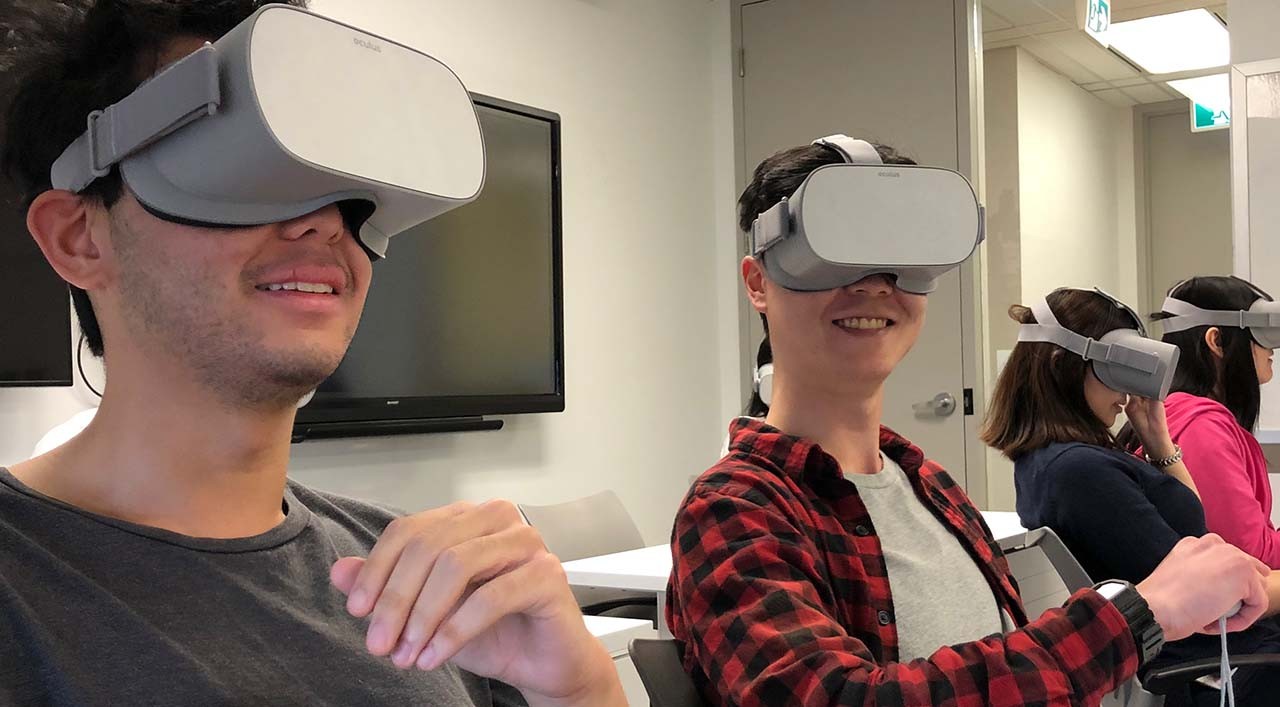Immersive Learning Experience
iEnglish VR classes1. Immersive Learning Experience
VR creates a fully immersive environment, making learning more engaging and interactive. This can lead to better retention and understanding of complex concepts
2. Safe and Controlled Environment
VR allows students to practice and experiment in a safe, controlled setting. This is particularly useful for scenarios that are dangerous, expensive, or impractical to replicate in real life, such as medical procedures, engineering tasks, or emergency response training
3. Enhanced Engagement
The interactive nature of VR can increase student engagement and motivation. Gamified learning experiences and simulations can make education more enjoyable and captivating
4. Personalized Learning
VR can be tailored to individual learning paces and styles. Students can repeat difficult concepts, explore additional resources, or proceed at their own speed, leading to a more personalized learning experience
5. Practical Skills Development
VR provides hands-on practice opportunities. For example, medical students can perform virtual surgeries, and engineering students can assemble and test machinery, allowing them to develop practical skills before applying them in real-world settings
6. Accessibility and Inclusivity
VR can make learning accessible to students with disabilities or those who cannot attend physical classes. Virtual environments can be adapted to meet diverse needs, promoting inclusive education.
7. Global Collaboration
VR enables students from different geographical locations to collaborate in a shared virtual space. This can foster cultural exchange, teamwork, and global perspectives.
8. Real-Time Feedback
In a VR setting, learners can receive immediate feedback on their performance, which helps in identifying and correcting mistakes quickly. This can enhance the learning process and improve outcomes.
9. Cost-Effective Training
While the initial investment in VR technology may be high, it can ultimately reduce costs associated with physical training resources, travel, and materials. For example, flight simulators for pilots or virtual labs for scientists.
10. Visualization of Abstract Concepts
VR can bring abstract or theoretical concepts to life. Complex subjects like quantum physics, historical events, or biological processes can be visualized in 3D, aiding comprehension and memory.

By integrating VR into education, learners can benefit from an enriched, interactive, and adaptable educational experience that traditional methods often cannot provide.

GET IN TOUCH
Providing top-tier language training!
Available in


FOLLOW US
Our Branches
Copyright 2024 | All rights reserved - iEnglish Institute
